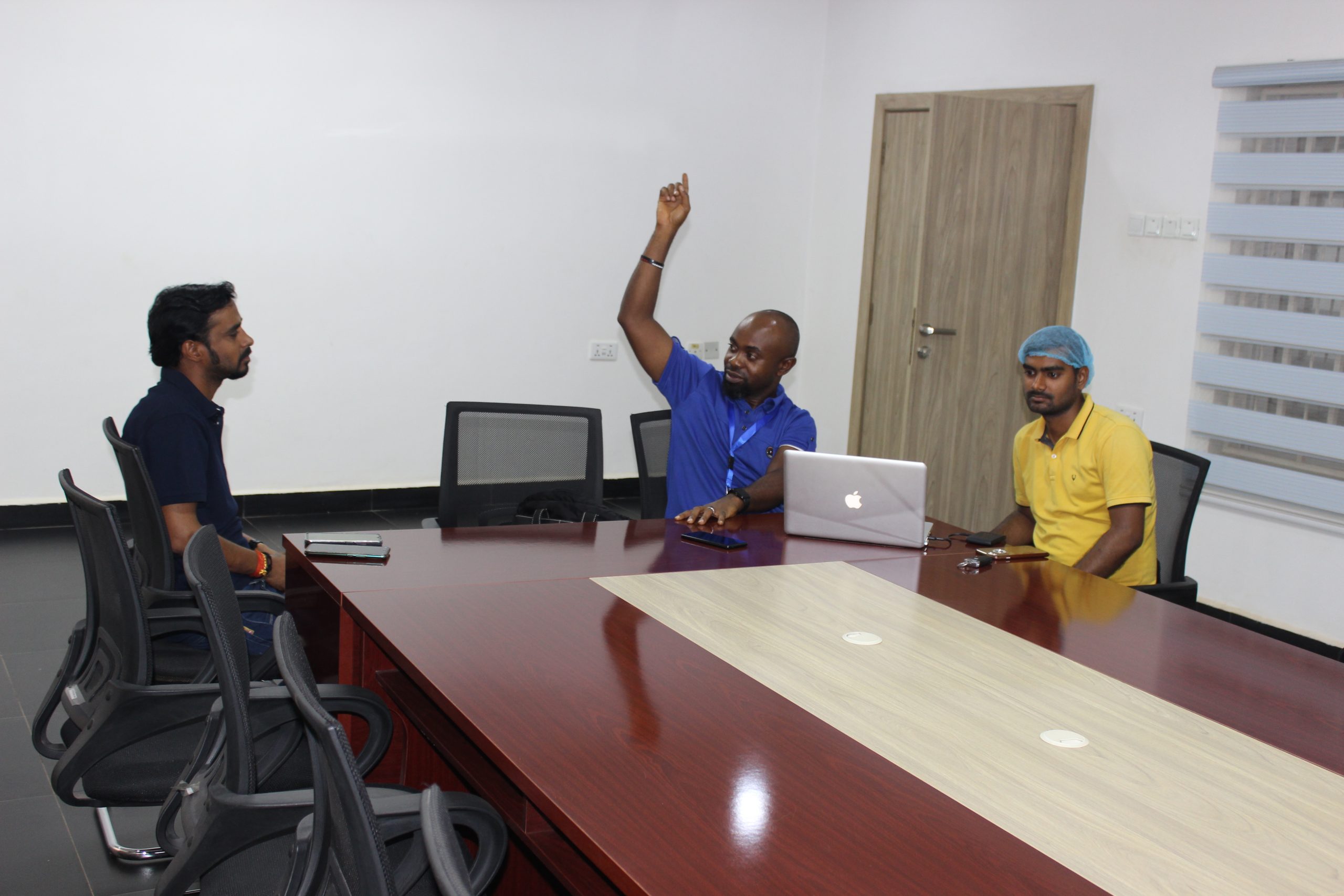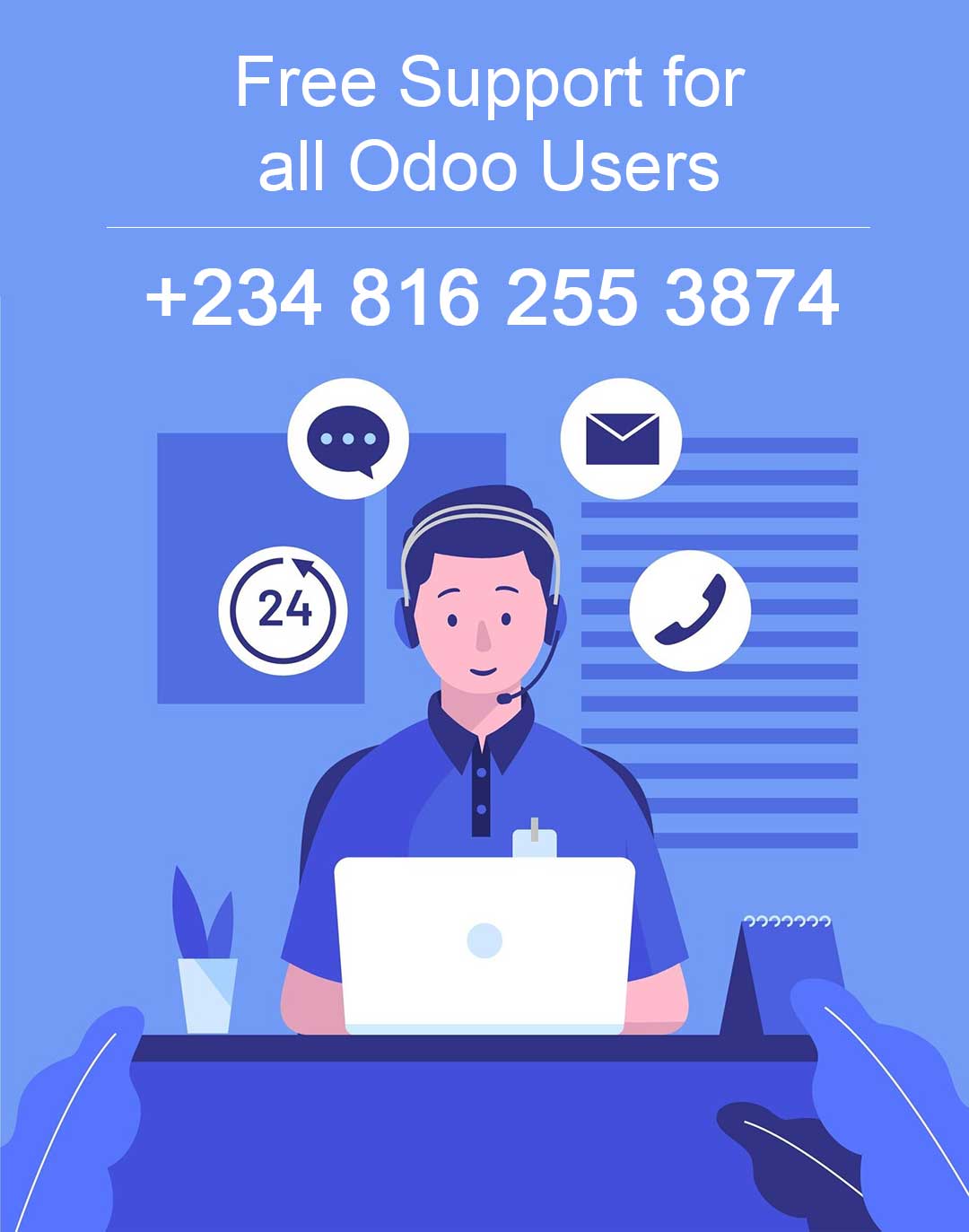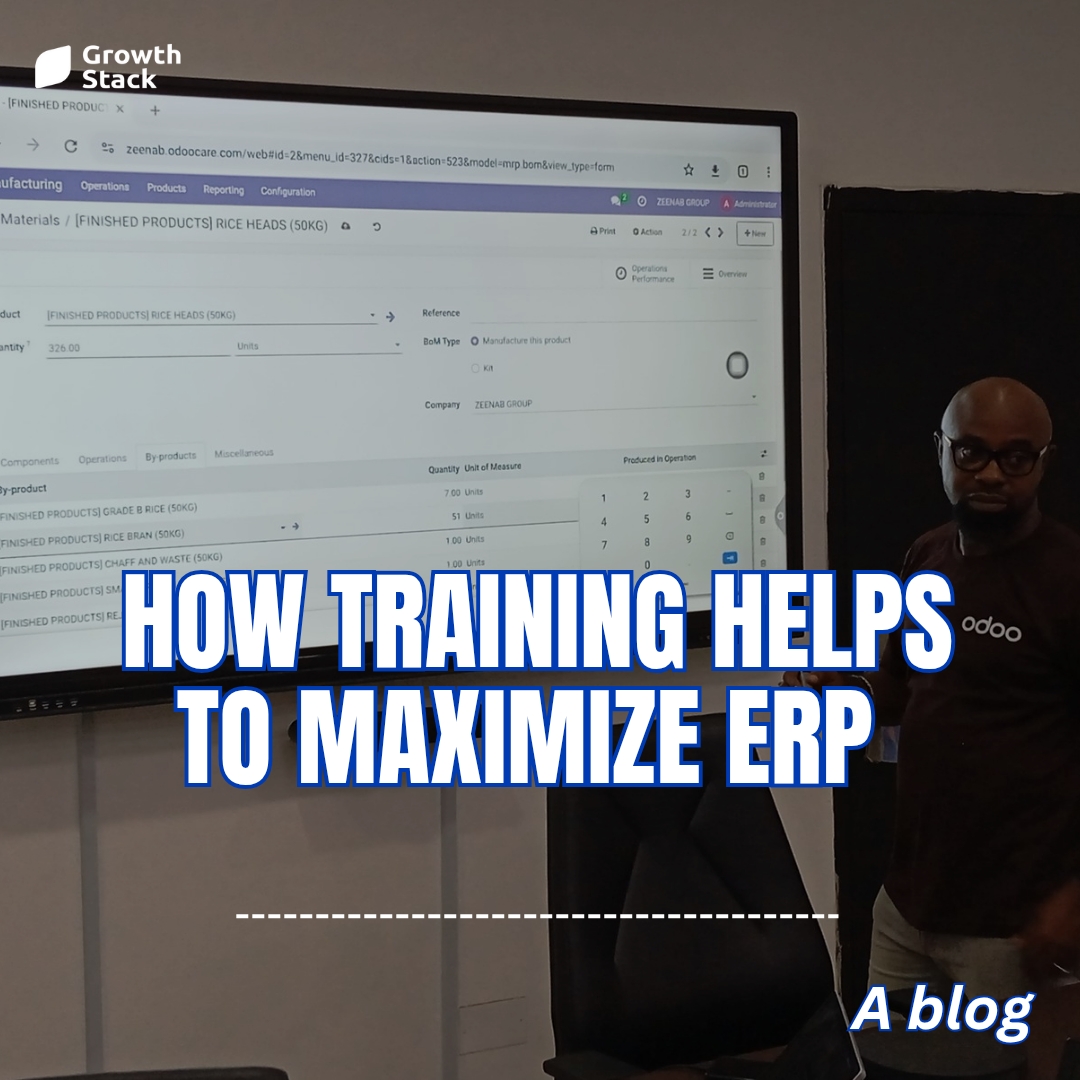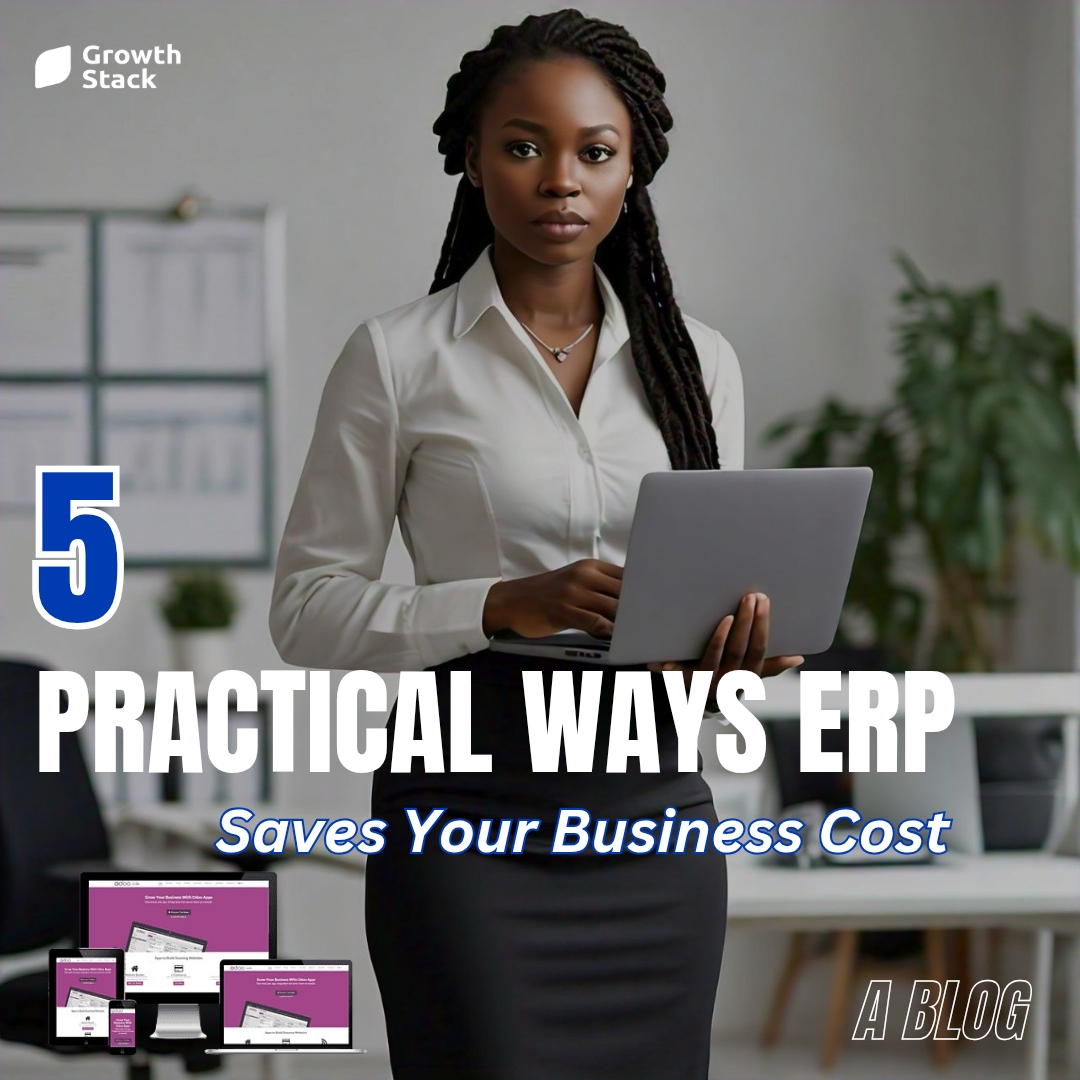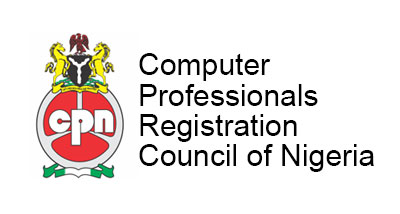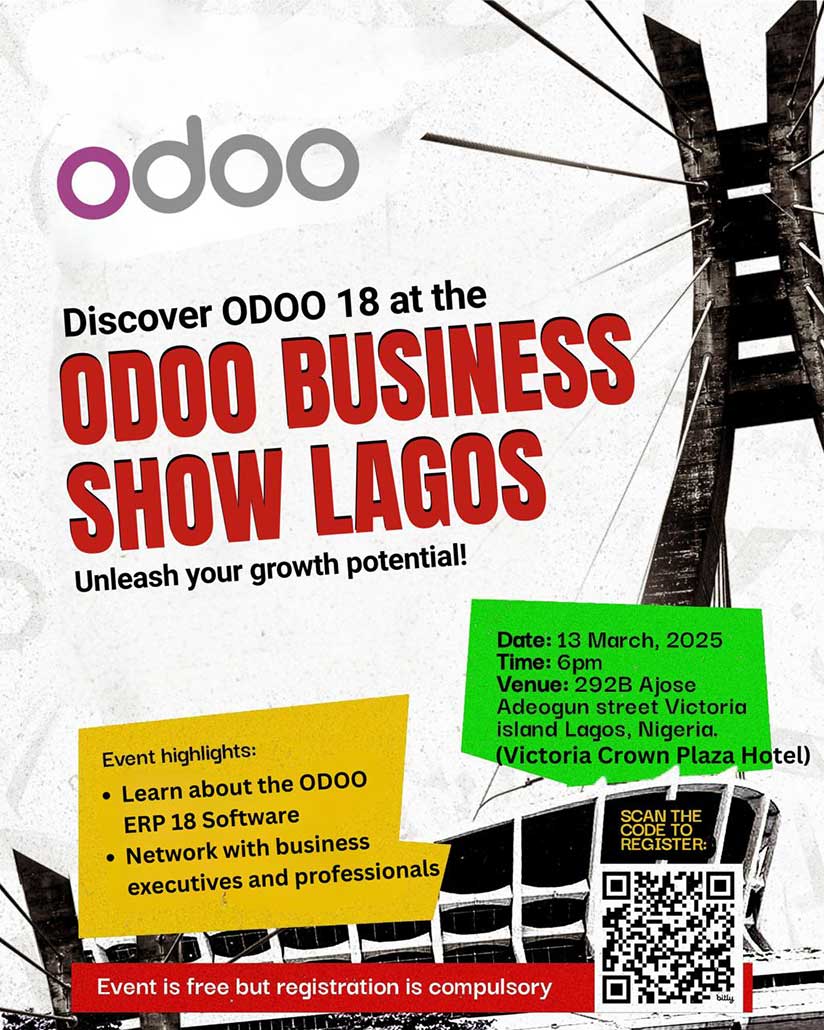10 Common Errors While Using an ERP for the First Time.
Implementing the Odoo ERP for the first time is usually filled common errors. It’s a system that can help you improve every facet of your business, as it affects all of your departments and can help you become more profitable.
It wouldn’t be very effective if it was simple. A manufacturer’s ERP implementation is also one of the most time-consuming and costly software projects they will ever undertake.
The fact that it will be difficult isn’t always a negative thing, but you must be honest with yourself about how much disturbance you are willing to endure before you begin. You and your entire team will need to be open and honest with one another in order to succeed. Proper planning will aid you in identifying and overcoming the problems you’ll face.
The following are the top 10 common errors manufacturers make while choosing, deploying, or using the Odoo ERP.
-
Inadequate planning.
The importance of preparing for a successful ERP implementation cannot be overstated. Introducing an ERP will have an impact on every department in your organization, from engineering to purchasing to operations, so you’ll need a solid plan in place to tackle such a large project. Many manufacturers do not conduct adequate planning up-front, leading to confusion down the road, which either delays or derails the ERP project all out.
Manufacturers should plan, plan, and plan some more to overcome this problem. Consider how you’ll put your new system in place, what your priorities are, and which departments you’d like to start with. You’ll have a decent roadmap to follow if you have a solid plan in place.
-
Not Understanding your Requirements.
The only way to choose the proper ERP system for you is to know your business and what you require. Sit down with the team you’ve created and assess what you’re doing well and where you need assistance. Consider where you’re having the greatest trouble: maybe it’s keeping track of inventory or scheduling your employees’ time on the shop floor. Once you’ve determined what you require assistance with, you can begin exploring for an ERP system with features that will handle these issues.
-
Misjudging the amount of time and resources necessary.
The time and resources required to establish a new ERP system are significantly underestimated by all manufacturers. How can you figure out how long it will take to establish an ERP? Divide the cost of the program by 100 to get a reasonable idea of how much time you’ll actually need. For example, engaging a certified consultant to implement ₦50,000 in software will take around 50 man-hours or about four months. Expect to quadruple that number if you want to install the system yourself with only rudimentary expert help.
-
Not having Important People on Board from the Onset is a Common Error.
Too often, manufacturers fail to assemble the correct team from the onset, causing the integration to lag due to the absence of important stakeholders and decision-makers.
ERP implementation is one of the largest and most expensive projects a company can do, and it’s critical to have everyone on the same page from the start. Far too frequently, manufacturers focus solely on obtaining executive approval rather than convening important stakeholders from across the business, who will, after all, be the ones installing the system. You’ll have a core group of employees who are actively engaged in the ERP implementation process and who have an investment in getting it from the get go if you involve the right individuals from the start.
-
Lack of a Maintenance Strategy.
ERPs, like all of your instruments, requires routine maintenance to stay in top shape. Preventive maintenance will guarantee that you get the most out of your ERP investment and will reduce the likelihood of a major problem, which might cost you a lot of time and productivity in the long run.
-
Key Features are not being used.
Many manufacturers are surprised to learn or grasp how to use essential elements of their ERP. You’re missing out on opportunities to automate business processes, complete functions faster, and fulfill business objectives if you don’t know how to use all of the functions and features effectively.
-
Investing in Training and Change Management is not a top Priority.
We can’t stress enough that, like any major change, deploying an ERP system will be disruptive, and there will be some growing pains along the way. Some of the most common reasons ERP projects fail are not preparing your workers for the change and not providing enough training on the new system. This can lead to employees resenting the new system because they don’t understand what it’s for or how to use it. Make sure staff have an opportunity to become familiar with the new system before it goes live to boost your chances of ERP success. Your implementation process will be dramatically improved if you communicate with your employees and provide proper training.
-
Absence of a project sponsor.
You must choose an employee to be the ERP system’s sponsor, someone who will function as the project’s internal champion. This person can’t just be anyone; they must have good communication skills as well as significant clout and clout within the company. This individual will be in charge of the entire system’s implementation and will serve as a point of contact for all departments to assist bring everyone in the company on board with the project, as well as a resource to consult when a problem arises.
-
There is a lack of communication across departments.
We’ve said it before, but it bears repeating: adopting an ERP will not only be disruptive, but it will also affect every department in your company – but once it’s up and running, it will streamline your entire operation and make you more profitable. To ensure that your implementation goes successfully, make sure that all departments are sharing essential information and communicating with one another on a regular basis. Put a communication plan in place before you begin the implementation process to keep things moving, and make sure everyone understands what information they should be giving and who the contact points are.
-
Keeping software programs that are numerous.
One or more of your current software applications will most likely be replaced by your new ERP system. Make sure your employees cease using these out-of-date and redundant systems and instead use the ERP to its maximum potential. Keeping these old systems in place will not only cost you money in the form of continued licensing, maintenance, and updates, but it will also reduce the effectiveness of your new ERP. Because your new ERP will connect various departments and streamline your business, make sure that everyone on your team is utilizing it correctly.
Contact us right now to discover more about the Odoo ERP and how our solutions may help your business, as well as how to leverage the benefits outlined above.
